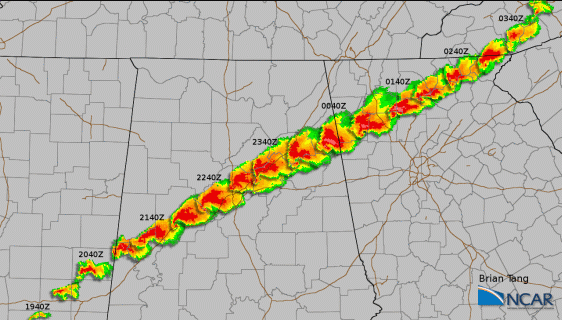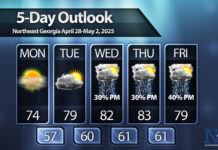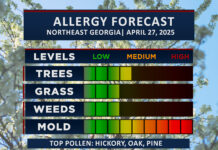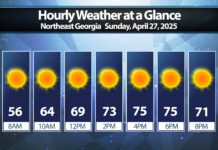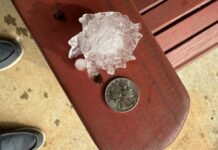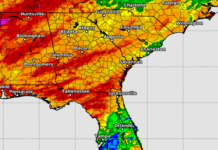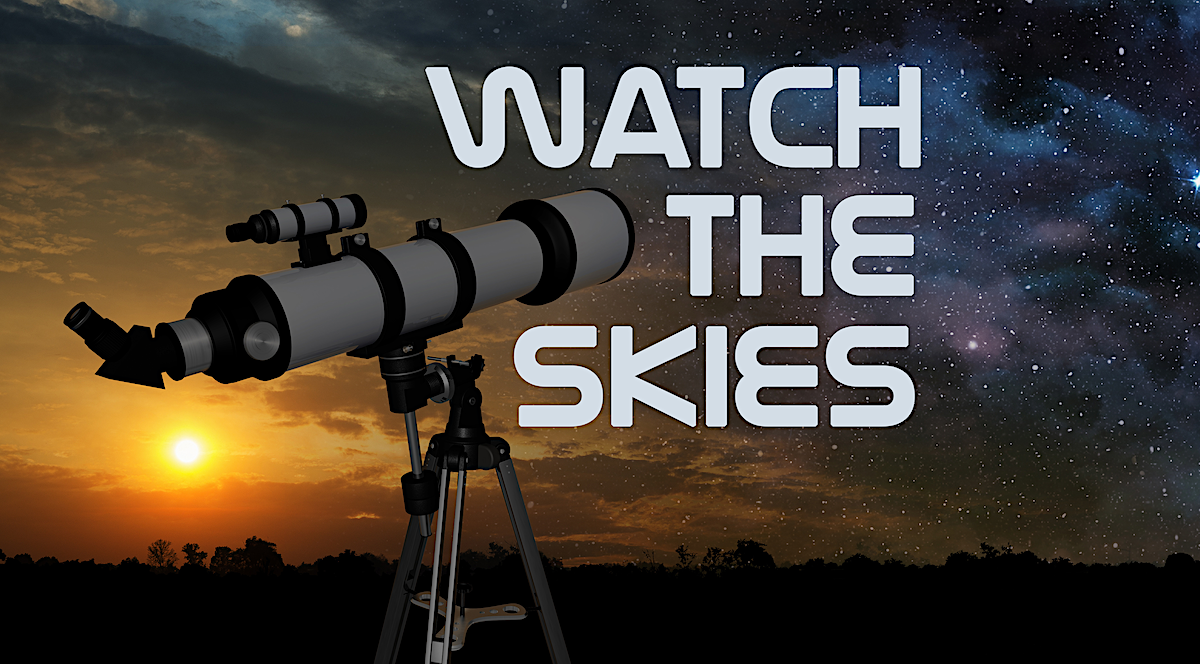
The weather is warming up, which means it is time to get out the telescopes and start enjoying these warm spring nights.
April 5th: Moon meets Mars, Castor and Pollux
April 5th will feature the first big conjunction of the month when the Moon meets up with Mars. Both will be high overhead at sunset, shining brightly.
The quarter-phase moon will also be near Castor and Pollux, a stunning pair of stars named after the twin half-brothers in Roman and Greek mythology. In reality, these stars are nowhere near twins, with Castor being a bright white star around 51 light years away and Pollux appearing golden around 34 light years away.
Castor is fascinating because it isn’t one star but rather six. With a decent telescope, you can see that it is at least two stars very close together, but larger telescopes have resolved six separate stars that make up what we see as “Castor” with our eyes.

April 12: Smallest full moon of the year
The smallest full moon of the year comes on April 12th. The full moon will officially occur at 8:22 PM EDT, making it possible to see at its precise full moment across North Georgia as it rises in the east.
You’ve heard the term “supermoon” but this month we will have a “micromoon.” Since the moon’s orbit is elliptical, it is sometimes farther away or closer when it reaches its full phase. A supermoon is when it is close, a micromoon far.
This year’s micromoon will appear about 5% smaller than average, so you likely won’t notice much. It will also be hanging directly beneath Spica, the brightest star in the constellation Virgo and one of the brightest stars in the sky.
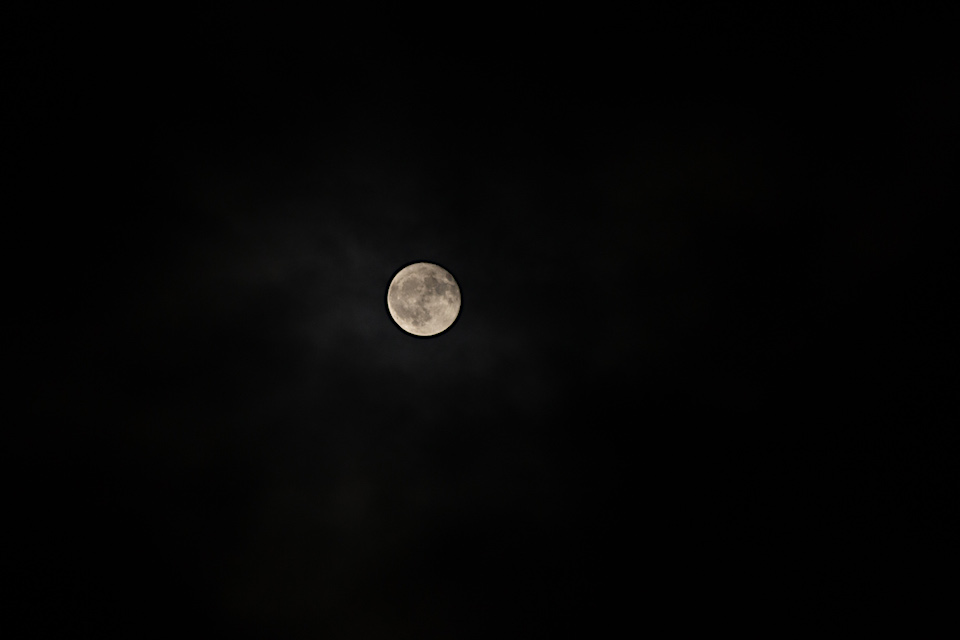
April 21-22: Lyrid Meteor Shower
While nowhere near as impressive as meteor showers later in the year, the Lyrids can be a nice teaser and a good opener for the spring sky-watching season. This year, the shower is expected to peak overnight on April 21, with the best rates likely between midnight and dawn on the 22nd.
The shower will have a radiant near the bright star Vega, which rises before midnight in the northeast. This year, you can expect to see only 10-15 meteors per hour, and the last quarter moon could make it a bit of a challenge once it rises in the pre-dawn hours.
An interesting fact about the Lyrids is that they have been known to have unusual outbursts of up to 100+ meteors per hour. Unfortunately, these outbursts seem to occur roughly every 60 years, with the next one not likely until 2042.
April 24/25: Moon meets Venus and Saturn
Early risers will get the chance to see a crescent moon near Venus and Saturn during the early morning hours of April 24th and 25th. You will find it up and right on the 24th and down and left of the pair of planets on the 25th.
Venus should be easy to spot, but Saturn may be more challenging to see in the early morning twilight.
April 28/29: Moon meets Jupiter
The last big event of the month will come for us evening folks on April 28 into the 29th as the freshly crescent moon lines up near Jupiter in the evening sky. Jupiter is quickly racing toward the horizon and will soon become invisible behind the sun, but right now, it shines brightly in the west after sunset. We’ll close out the month with the moon and Jupiter making a stunning pair.
Get out this month and take advantage of the still cool but comfortable night air!


